Creating creatives from scratch has a huge advantage — you generate unique solutions while sharpening your imagination and creative thinking. But there’s also a downside: time and budget losses on testing, since most raw ideas won’t bring conversions right away.
That’s why one of the most valuable skills for any affiliate marketer is finding proven competitor approaches, studying them, and then building your own high-quality creatives based on those insights. To do this effectively, you need to know how to use spy tools. Many of them are similar, so once you’ve mastered one, the rest will come easily. In this guide, we’ll break down the process using Tyver as an example.
Core spying skills
To efficiently search through large volumes of creatives, you need several key skills:
-
Keyword selection and search
-
Searching by additional ad parameters — link fragments, actions, app stores
-
Search targeting setup
-
Sorting search results
-
Searching by advertiser
Some of these skills are more important than others when it comes to nutra creatives, but we’ll review them all for the full picture.
Keyword parsing and search
In the nutra niche, keyword-based search is one of the most effective methods. Keywords can include the offer name or its general theme. The most obvious approach is to search by offer name.
Let’s take a few LeadRock advertisers as an example.
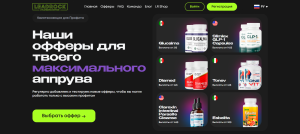
We’ll start with MachoDrive (a male enhancement product).
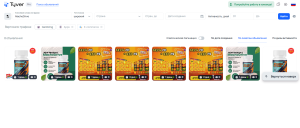
However, as you’ll notice, there are few relevant creatives, and some have nothing to do with the target offer. Sometimes product names return completely unrelated ads — for example, searching for Diamed brings up many off-topic creatives, even when targeting Mexico (the GEO for that offer).

That’s why it’s important to search not just by product names, but also by thematic keywords. This approach takes more time, but the payoff is worth it.
To build your keyword list, you can use an AI assistant. A simple way is to input offer names (and GEO) into ChatGPT and ask it to generate keyword ideas for creative searches.
Remember that Spanish is the official language in Mexico, so don’t limit your Tyver search strictly by GEO — run searches by keywords instead to get as many results as possible.
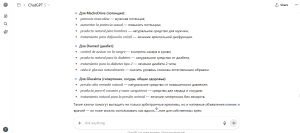
Let’s test it with a keyword like “potencia masculina” (male potency).
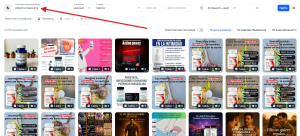
This returns more than half relevant ads. Not all are affiliate-driven, but they can still serve as inspiration — and some even let you preview landing pages that other media buyers are sending traffic to.
Keep in mind that not every keyword generated by AI will yield perfect results — you’ll need to test multiple queries and expand your keyword list manually.
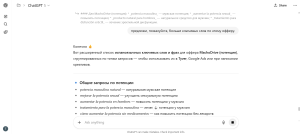
Run searches by each keyword, and some of them will definitely bring valuable insights.
Searching by additional ad parameters
Since many keywords (including product names) bring a lot of irrelevant results, it’s crucial to know how to use advanced filters.
For nutra, one of the most effective filters is link fragments. Affiliates often use tracking parameters in their URLs — these can help you filter out organic ads and focus on affiliate ones.


For example, searching problemas de erección (erection problems) will return mostly irrelevant results. But if you add a parameter like sub in “advanced settings,” you’ll suddenly get much more relevant creatives — actual affiliate ads.
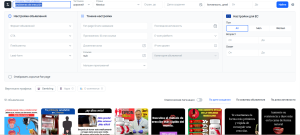
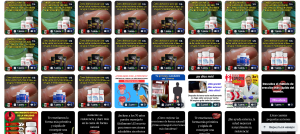
Other useful identifiers include:
If we step outside the nutra niche for a moment, other helpful filters in spy tools include:
-
Ad format — video, image, carousel (helps find the right creative type)
-
CTA — visit website, buy, install app, register (useful for gaming, dating, and e-commerce)
-
Placements — Instagram, Facebook, Threads, Messenger, Audience Network
-
In-link filters — only show ads with specific parameters in URLs
-
App store filter — show ads leading to App Store or Google Play (useful for mobile offers)
-
E-commerce platform filter — filter by domains using Shopify, Bitrix, OpenCart, etc.
Targeting and sorting
Targeting and sorting help you analyze the market within specific GEOs or regions. Targeting can narrow your search to one or several countries (Europe, MENA, LATAM, etc.).
In tools like Tyver, you can target by country, audience reach, gender, and age (the last three are available mainly for EU ads).
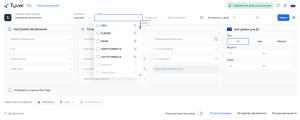
Sorting, on the other hand, helps identify the most effective creatives — for example:
-
Ads running the longest (by active days)
-
Ads with the highest reach (by impressions)
If an ad runs for a long time, it’s performing well. If it gets high reach, it’s grabbing attention. Sorting helps highlight top-performing creatives.
If your goal is simply to collect as many relevant ads as possible, skip targeting — it only limits the search area.
Searching by advertiser
To search ads by specific advertisers, use Fan Page ID and domain name in advanced settings.
How do you find these?
Open any relevant creative and go to the “Similar Ads” section.
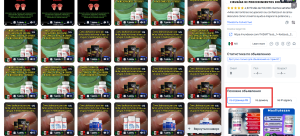
Then, choose whether to filter by Facebook Page or domain. Clicking on any similar ad will open a page showing all ads launched from that same FP or domain.
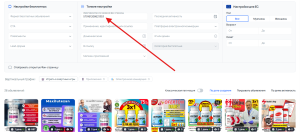
Conclusion
Spying isn’t just about copying other people’s ads — it’s a full-fledged market analysis tool.
It helps you see which angles actually convert, which funnels deliver results, and which offers have the longest lifespan.
By mastering filters, keywords, and advertiser searches, you stop wasting money on guesswork and start launching campaigns built on proven strategies and real data.
